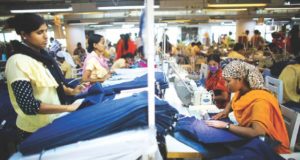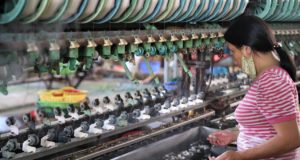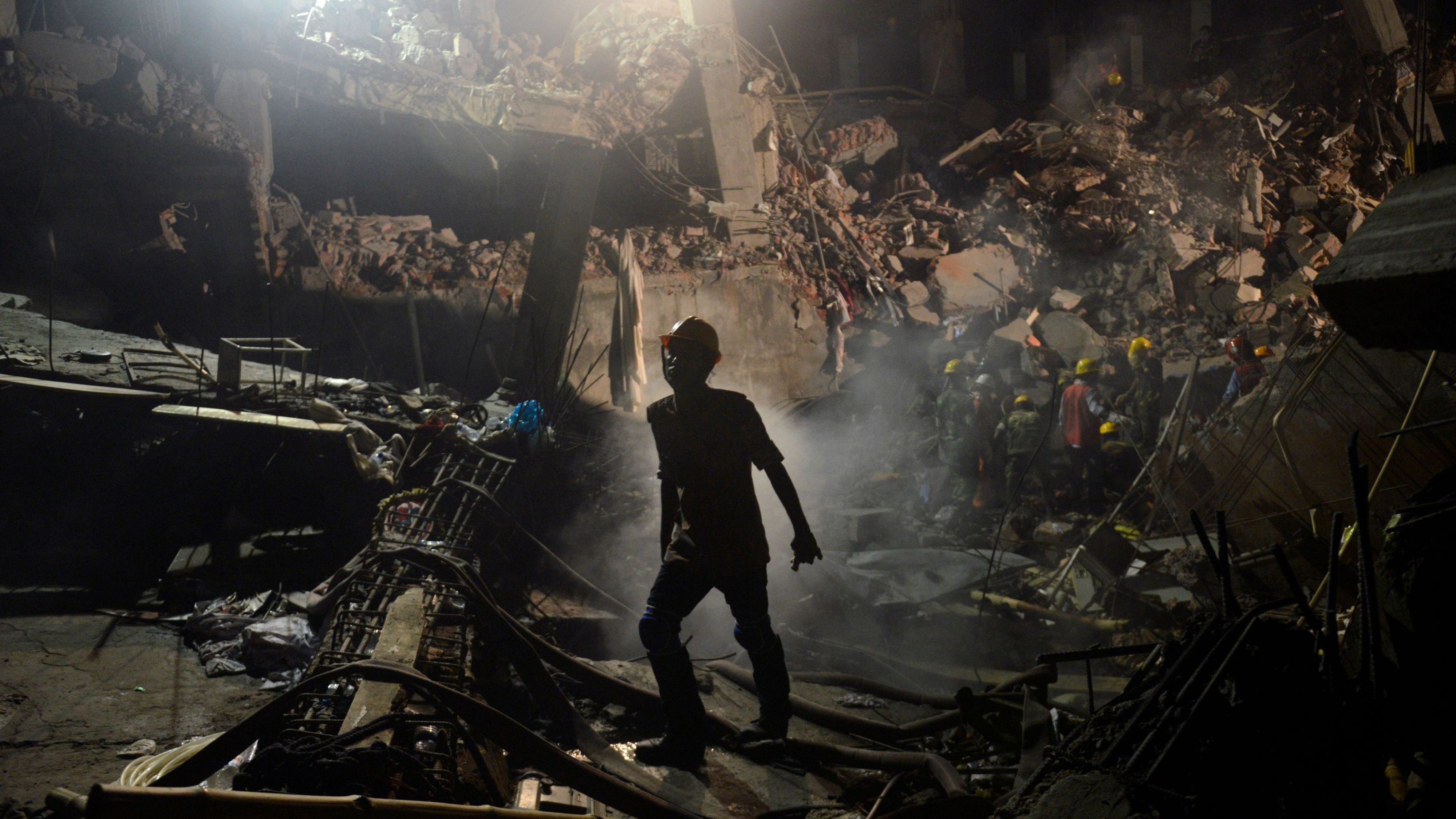Published in South China Morning Post on January 05, 2018

In 2010 a spate of suicides at factories in southern China owned by Foxconn, a contract manufacturer for some of the world’s leading electronics brands, highlighted poor conditions faced by its assembly workers. Foxconn promised to improve working conditions, but reports of further suicides or attempted suicides have continued to dog the company.
Three years later, more than 1,000 Bangladeshi workers were crushed to death when the Rana Plaza just outside Dhaka collapsed. The building was not designed to carry the weight and vibration of production machinery, yet had housed dozens of illegal factories producing clothes for a range of international brands.
In Southeast Asia, for several years owners of palm oil plantations have been blamed for burning large swathes of forest, causing periodic bouts of toxic haze to blanket the region. Palm oil is a key ingredient in soaps, detergents and a wide range of processed food and other products.
These examples share three points in common: outsourcing to low-cost suppliers; behaviour by suppliers that is frequently illegal or at best irresponsible; and finally, despite efforts at reform, the illegal or irresponsible behaviour has continued.
How can brands do better?
Following the Rana Plaza disaster, big name Western retailers and clothing manufacturers agreed to improve worker safety. But while steps have been taken, some Bangladeshi garment workers still complain of insecurity in the workplace.
Amid mounting public concern over the recurring haze and pollution in Southeast Asia, Nestle, Procter and Gamble, and Unilever joined the “Roundtable on Sustainable Palm Oil” and have committed to responsible sourcing of palm oil products. Yet open burning of large areas of forest continues across Indonesia.
The ultimate solution for firms is to cease outsourcing, and instead vertically integrate into the supply chain – in other words, take direct ownership of several or all stages of production.
A brand that takes the vertically integrated path would have the appropriate incentives to achieve responsible sourcing. In retail markets, it would face consumers and stakeholders who care about legal and responsible sourcing. In the supply chain, it would have full control over employment, working conditions, factory safety, and the production of raw materials.
Unilever, for example, has committed to procuring all of its agricultural raw materials from sustainable sources by the year 2020. Yet by the very nature of the production process, palm oil derivatives are shipped over long distances, creating serious challenges when tracing their origin.
In response, Unilever decided to literally take ownership of the problem. In 2013, it set up a palm kernel oil processing plant in Sumatra, Indonesia, and said it was considering similar investments in processing crude palm oil derivatives – all with the aim of achieving “traceable supplies”.
What if brands do not want to go as far as vertical integration? (Let’s be honest: contracting with an external supplier not only reduces production costs, but also allows the brand to outsource responsibility for possible bad behaviour.)
The conventional approach is to draw up a code of conduct and enforce it through monitoring by in-house teams and third-party compliance specialists. The consortiums for safe work in Bangladesh and the “Roundtable on Sustainable Palm Oil” illustrate this approach.
My research with colleagues at the National University of Singapore and University of Hong Kong points to another way.
Contract suppliers benefit from an economy of scale in bad behaviour. The financial savings incentive for suppliers to hire child workers, impose excessive overtime, use unsafe factories, or procure raw material from unsustainable sources increases with the scale of production.
An obvious way to reverse this is to reduce the scale of production and spread the required quantity over more suppliers.
In a case study of Chinese contract factories used by sportswear manufacturer Nike, we found evidence consistent with this strategy of spreading orders combined with enforcement. Factories that were located further from the regional hubs of Beijing, Shanghai, and Guangzhou were smaller.
More distant factories are costlier for the brand to monitor, and so would have more incentive to engage in bad behaviour. To counteract this, the brand should temper the scale of production at each supplier and spread the required quantity over more suppliers.
Spreading production over more suppliers also helps to diversify risks in the supply chain (a lesson that manufacturers disrupted by the 2011 Fukushima disaster in Japan and the more recent Houston floods have learned at high cost).
Of course, the strategy of tempering scale and spreading production to induce more responsible behaviour must be balanced against other considerations for optimising the supply chain.
These include (legitimate) economies of scale in production, logistics costs, and government regulation.
Dr Ivan Png is distinguished professor in the NUS Business School and department of economics at the National University of Singapore
 CPD RMG Study Stitching a better future for Bangladesh
CPD RMG Study Stitching a better future for Bangladesh



